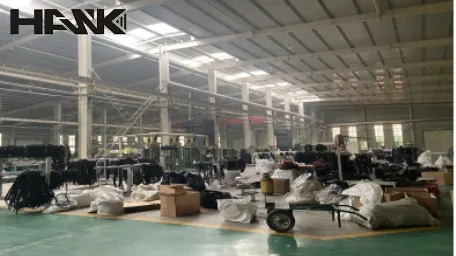- Arabic
- French
- Russian
- Spanish
- Portuguese
- Turkish
- Armenian
- English
- Albanian
- Amharic
- Azerbaijani
- Basque
- Belarusian
- Bengali
- Bosnian
- Bulgarian
- Catalan
- Cebuano
- Corsican
- Croatian
- Czech
- Danish
- Dutch
- Afrikaans
- Esperanto
- Estonian
- Finnish
- Frisian
- Galician
- Georgian
- German
- Greek
- Gujarati
- Haitian Creole
- hausa
- hawaiian
- Hebrew
- Hindi
- Miao
- Hungarian
- Icelandic
- igbo
- Indonesian
- irish
- Italian
- Japanese
- Javanese
- Kannada
- kazakh
- Khmer
- Rwandese
- Korean
- Kurdish
- Kyrgyz
- Lao
- Latin
- Latvian
- Lithuanian
- Luxembourgish
- Macedonian
- Malgashi
- Malay
- Malayalam
- Maltese
- Maori
- Marathi
- Mongolian
- Myanmar
- Nepali
- Norwegian
- Norwegian
- Occitan
- Pashto
- Persian
- Polish
- Punjabi
- Romanian
- Samoan
- Scottish Gaelic
- Serbian
- Sesotho
- Shona
- Sindhi
- Sinhala
- Slovak
- Slovenian
- Somali
- Sundanese
- Swahili
- Swedish
- Tagalog
- Tajik
- Tamil
- Tatar
- Telugu
- Thai
- Turkmen
- Ukrainian
- Urdu
- Uighur
- Uzbek
- Vietnamese
- Welsh
- Bantu
- Yiddish
- Yoruba
- Zulu
Каст . 10, 2024 00:24 Back to list
Comparison of Classic and V Belts Performance and Applications
Understanding Classic vs. V Belts A Comprehensive Overview
In the world of mechanical drives, belts play a crucial role in transmitting power from one component to another. Among the various types of belts, classic belts and V belts stand out due to their distinct designs and applications. Understanding the differences between these two types can help you make informed choices for your mechanical systems.
Classic Belts Features and Applications
Classic belts, often referred to as flat belts, have been in use for centuries. They feature a rectangular cross-section and run on flat pulleys. These belts are primarily used in applications where high speed is required, such as conveyor systems and machine tools. One of the significant advantages of classic belts is their ability to handle heavy loads over long distances without slipping, thanks to their wide surface area that provides ample contact with the pulley.
However, classic belts have some limitations. They require precise alignment of the pulleys and regular tension adjustments to maintain optimal performance. Additionally, their effectiveness diminishes in high torque applications, where slippage can occur. Therefore, while classic belts are suitable for certain environments, they may not be the best choice for more demanding tasks.
V Belts Advantages and Versatility
classic v belts

V belts, on the other hand, have a trapezoidal cross-section, designed to fit into V-shaped grooves on pulleys. This design allows for better grip and greater alignment, making V belts ideal for applications that demand higher torque and load capacity. They are widely used in automotive engines, industrial machines, and various agricultural equipment.
One of the key benefits of V belts is their ability to transmit power efficiently, even in compact spaces. They minimize slippage due to their wedged shape, which ensures that the belt remains securely in place during operation. Moreover, V belts are less sensitive to misalignment compared to classic belts, reducing the need for frequent adjustments and maintenance.
V belts are also available in various specifications, including narrow, wrapped, and cogged designs, allowing for flexibility in application choices. They can handle different speeds and load variations, making them incredibly versatile in various industries.
Conclusion
In conclusion, both classic belts and V belts have unique features that suit different mechanical applications. Classic belts are effective for long-distance power transmission and applications with lower torque requirements, while V belts excel in high torque, compact, and precision-driven environments. When selecting a belt for your machinery, consider the specific needs of your application, including load capacity, alignment, and maintenance requirements. By understanding the strengths and limitations of each type, you can make the best choice for optimal performance and longevity in your mechanical systems.
-
Korean Auto Parts Timing Belt 24312-37500 For Hyundai/Kia
NewsMar.07,2025
-
7PK2300 90916-T2024 RIBBED BELT POLY V BELT PK BELT
NewsMar.07,2025
-
Chinese Auto Belt Factory 310-2M-22 For BMW/Mercedes-Benz
NewsMar.07,2025
-
Chinese Auto Belt Factory 310-2M-22 For BMW/Mercedes-Benz
NewsMar.07,2025
-
90916-02660 PK Belt 6PK1680 For Toyota
NewsMar.07,2025
-
drive belt serpentine belt
NewsMar.07,2025

